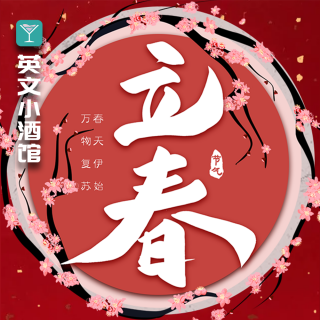人人都是播客
打开APP

8分钟

《用英语·说中国》-立春岁首万物苏
292
0
2023-02-05
不论是海外求学,国际旅行,接待外宾还是跨境业务洽谈中,你是否满腹干货,想做中华文化使者,但又苦于无法用英文表达?语言,不仅能让你看到更广阔的世界也能让你在更大的舞台发出自己的声音。酒馆特别板块: China Story【用英语,说中国】,双语播出,适合不同段位的你。让我们一起,讲述有趣有料的中国故事。添加luluxjg2获取全文稿哦~~
What Is Lichun?
According to the traditional Chinese solar calendar, there are 24 solar terms in a year. Lichun is the first solar term. Lichun is the day when the sun is exactly at the celestial longitude of 315° (i.e. 45.66 days before the spring equinox). The date of Lichun is not fixed to one Gregorian calendar date, but it always occurs on February 3rd, 4th, or 5th, mostly on February 4th.
立春,为二十四节气之首。立,是“开始”之意;春,代表着温暖、生长。 二十四节气最初是依据“斗转星移”制定,当北斗七星的斗柄指向寅位时为立春。现行是依据太阳黄经度数定节气,当太阳到达黄经315°时为立春,于每年公历2月3-5日交节。
明代作品《群芳谱》对立春解释为:“立,始建也。春气始而建立也。
干支纪元,以寅月为春正、立春为岁首,立春乃万物起始、一切更生之义也,意味着新的一个轮回已开启。在传统观念中,立春有吉祥的涵义,标志着万物闭藏的冬季已过去,开始进入风和日暖、万物生长的春季。
《史记.天官书》(The Records of the Grand Historian):“正月旦,王者岁首,立春日,四时之始也”,立春为四时之始。
中国古代一些著作将立春的十五天分为三候:“一候东风解冻,二候蜇虫始振,三候鱼陟负冰”,说的是东风送暖,大地开始解冻。立春五日后,蜇居的虫类慢慢在洞中苏醒,再过五日,河里的冰开始溶化,鱼开始到水面上游动,此时水面上还有没完全溶解的碎冰片,如同被鱼负着一般浮在水面。
Lichun History
The history of the 24 solar terms dates back three millennia. They were used for farming in China since the Spring and Autumn Period (770-476 BC), but, according to some experts, the 24 solar terms were only used for the first time in books during the Western Han Dynasty (206 BC – 9 AD).
廿四节气是上古农耕文明的产物,它在我国传统农耕社会中占有极其重要的位置。
The beginning of spring was of great significance to farmers in ancient times, as it marked the beginning of a new year’s work. Major celebrations and traditional Lichun activities were handed down by the generations.
Traditional Lichun Customs
There are still some traditional activities held on the day of Lichun, especially in rural areas.
评论
暂时没有评论,快下载荔枝app抢沙发吧!
00:00
07:49